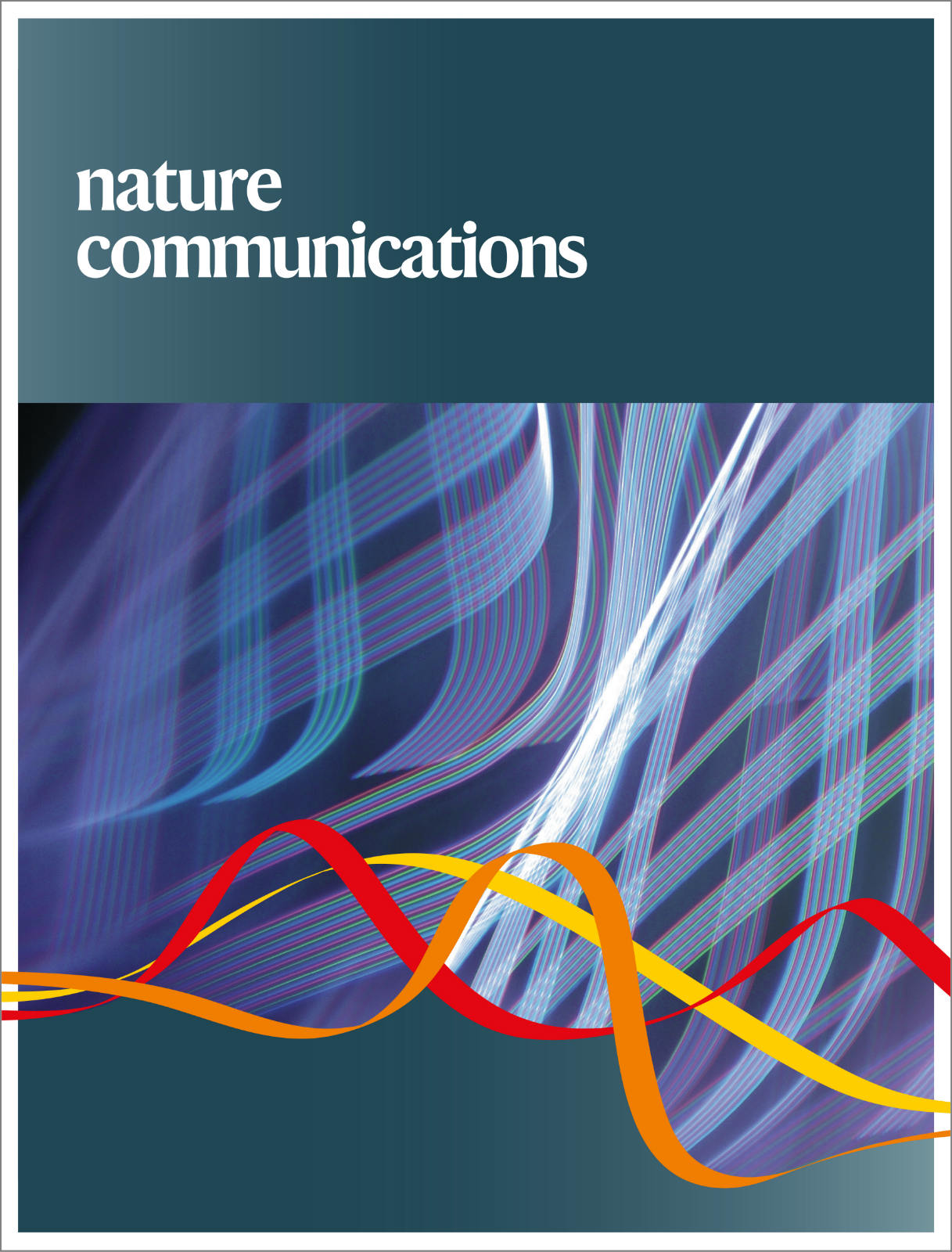在热应激下,伴侣介导的自噬操纵PGC1α的稳定性并控制能量代谢。
IF 14.7
1区 综合性期刊
Q1 MULTIDISCIPLINARY SCIENCES
引用次数: 0
摘要
产热蛋白(包括PGC1α·)在热胁迫下下调,但其分子机制尚不完全清楚。在这里,我们研究了伴侣介导的自噬可以调节PGC1α在热应激下的稳定性。在小鼠中,在BAT中敲除CMA两种成分之一的Lamp2a,显示PGC1α蛋白增加,代谢表型改善。结合brown aditissue (BAT)的蛋白质组学、结构预测、共免疫沉淀-质谱和生化分析,我们发现帕金森病致病蛋白PARK7可以感知温度变化,并分别与LAMP2A和HSC70相互作用,进而操纵CMA的活性。敲除BAT中特异性的Park7可促进BAT变白,导致胰岛素敏感性和热中性能量消耗受损。此外,通过敲低LAMP2A抑制CMA活性可以逆转Park7消融引起的影响。这些发现表明,CMA是BAT通过降解PGC1α来维持热中性诱导的美白所必需的。本文章由计算机程序翻译,如有差异,请以英文原文为准。
Chaperone-mediated autophagy manipulates PGC1α stability and governs energy metabolism under thermal stress.
Thermogenic proteins are down-regulated under thermal stress, including PGC1α· However, the molecular mechanisms are not fully understood. Here, we addressed that chaperone-mediated autophagy could regulate the stability of PGC1α under thermal stress. In mice, knockdown of Lamp2a, one of the two components of CMA, in BAT showed increased PGC1α protein and improved metabolic phenotypes. Combining the proteomics of brown adipose tissue (BAT), structure prediction, co-immunoprecipitation- mass spectrum and biochemical assays, we found that PARK7, a Parkinson's disease causative protein, could sense the temperature changes and interact with LAMP2A and HSC70, respectively, subsequently manipulate the activity of CMA. Knockout of Park7 specific in BAT promoted BAT whitening, leading to impaired insulin sensitivity and energy expenditure at thermoneutrality. Moreover, inhibiting the activity of CMA by knockdown of LAMP2A reversed the effects induced by Park7 ablation. These findings suggest CMA is required for BAT to sustain thermoneutrality-induced whitening through degradation of PGC1α.
求助全文
通过发布文献求助,成功后即可免费获取论文全文。
去求助
来源期刊

Nature Communications
Biological Science Disciplines-
CiteScore
24.90
自引率
2.40%
发文量
6928
审稿时长
3.7 months
期刊介绍:
Nature Communications, an open-access journal, publishes high-quality research spanning all areas of the natural sciences. Papers featured in the journal showcase significant advances relevant to specialists in each respective field. With a 2-year impact factor of 16.6 (2022) and a median time of 8 days from submission to the first editorial decision, Nature Communications is committed to rapid dissemination of research findings. As a multidisciplinary journal, it welcomes contributions from biological, health, physical, chemical, Earth, social, mathematical, applied, and engineering sciences, aiming to highlight important breakthroughs within each domain.
 求助内容:
求助内容: 应助结果提醒方式:
应助结果提醒方式:


